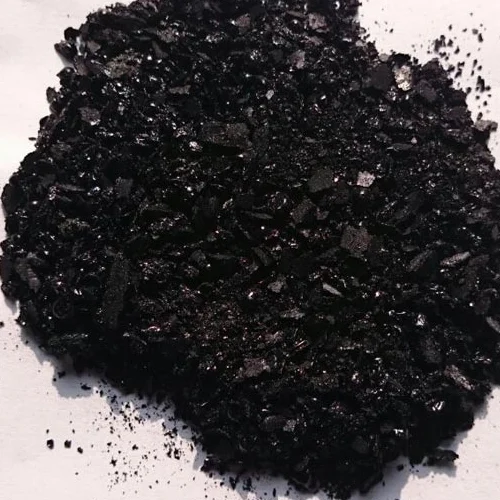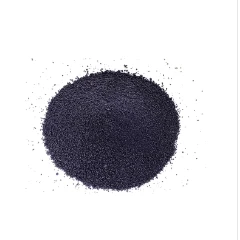light indigo color company


The drying process marks the final stage of setting the indigo dye. Air drying, preferably in shaded areas, helps to preserve the color intensity. Direct sunlight, though a natural drying agent, can fade the vivid indigo hues, negating the meticulous dye-setting process. Moreover, drying the fabric flat can prevent stretching and distortion, preserving its original texture and form. To further enhance color fastness, some seasoned practitioners advocate a post-dye treatment. A vinegar rinse or a saltwater bath can act as additional mordants, fortifying the bond between dye and fiber. However, this should be done sparingly, as overuse can compromise fabric quality. The authority of using indigo dye lies in its historical robustness and the depth of color it can achieve. Unlike synthetic dyes, indigo is celebrated for its natural origin and the vibrant spectrum of blues achievable through skillful application. Trust in indigo dye setting is built on years of shared knowledge and personal experience. It's a blend of artistic intuition and scientific method, capable of transforming plain textiles into stunning works of art. By adhering to these nuanced techniques, the enduring beauty and brilliance of indigo-dyed fabrics can be preserved, reflecting the rich heritage from which they originate.
-
Thermal Stability Analysis of Bromo Indigo Pigments
NewsJun.06,2025
-
Sulphur Black Dye Oxidation Process Optimization
NewsJun.06,2025
-
Lightfastness Testing of Bromo Indigo Dyed Denim
NewsJun.06,2025
-
Granule Size Distribution and Jeans Color Uniformity
NewsJun.06,2025
-
Gradient Dyeing Methods with Indigo Blue Granules
NewsJun.06,2025
-
Dyeing Temperature Effects on Sulphur Black Color Fastness
NewsJun.06,2025
-
Sulphur Black Dyes in Daily Use
NewsMay.07,2025

Sulphur Black
1.Name: sulphur black; Sulfur Black; Sulphur Black 1;
2.Structure formula:
3.Molecule formula: C6H4N2O5
4.CAS No.: 1326-82-5
5.HS code: 32041911
6.Product specification:Appearance:black phosphorus flakes; black liquid

Bromo Indigo; Vat Bromo-Indigo; C.I.Vat Blue 5
1.Name: Bromo indigo; Vat bromo-indigo; C.I.Vat blue 5;
2.Structure formula:
3.Molecule formula: C16H6Br4N2O2
4.CAS No.: 2475-31-2
5.HS code: 3204151000 6.Major usage and instruction: Be mainly used to dye cotton fabrics.

Indigo Blue Vat Blue
1.Name: indigo blue,vat blue 1,
2.Structure formula:
3.Molecule formula: C16H10N2O2
4.. CAS No.: 482-89-3
5.Molecule weight: 262.62
6.HS code: 3204151000
7.Major usage and instruction: Be mainly used to dye cotton fabrics.

